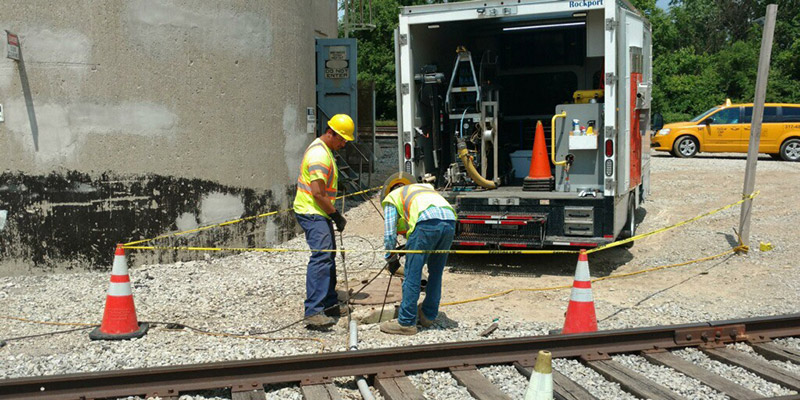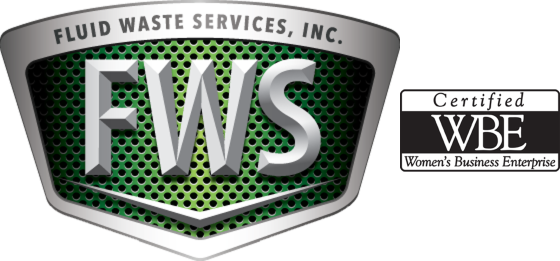
We do smoke, air and mandrel testing.
Smoke testing can be performed to determine the sources of excess inflow (storm water). Inflow causes problems with sanitary systems in that they become overwhelmed EPA and IDEM monitor the excess flow or INI is introduced into system and can cause overflow and ultimately discharge into oceans, lake, rivers and streams.
Although video inspection and other techniques certainly are important components of an I&I survey, research has shown that approximately 65 percent of all extraneous storm water inflow enters the system from somewhere other than the main line. Smoke testing is a method of inspecting both the main lines and laterals. Smoke travels throughout the system, identifying problems in all connected lines — even sections of line that were not known to exist or thought to be independent or unconnected.
Smoke testing is a relatively simple process that consists of blowing smoke mixed with large volumes of air into the sanitary sewer line usually induced through the manhole. The smoke travels the path of least resistance and quickly shows up at sites that allow surface water inflow. Smoke will identify broken manholes, illegal connections (including roof drains, sump pumps and yard drains), uncapped lines, and even cracked mains and laterals, providing there is a passageway for the smoke to travel to the surface. Best results are obtained during dry weather, which allows smoke better opportunity to travel to the surface.

